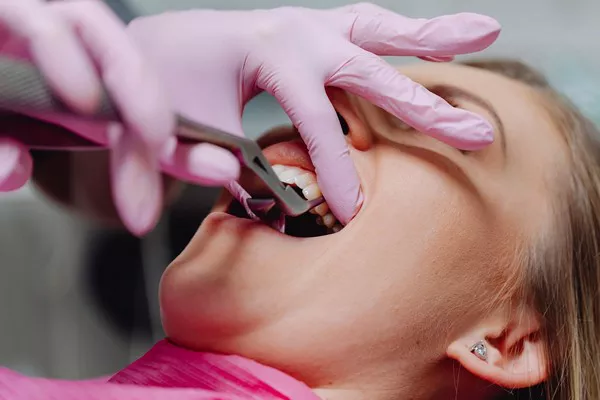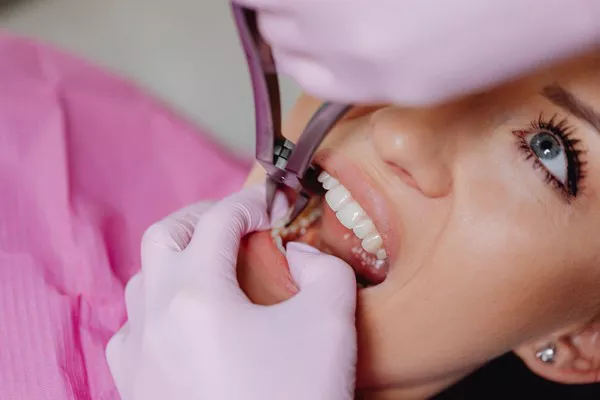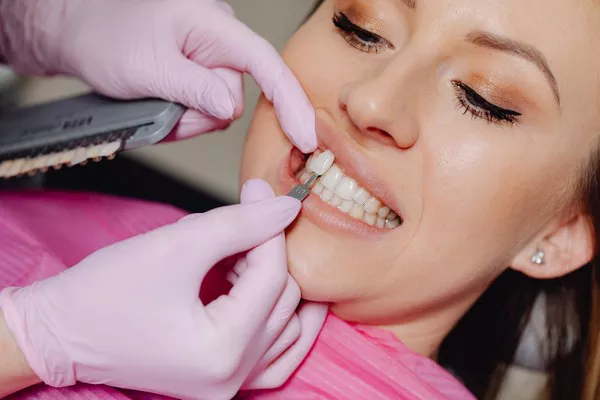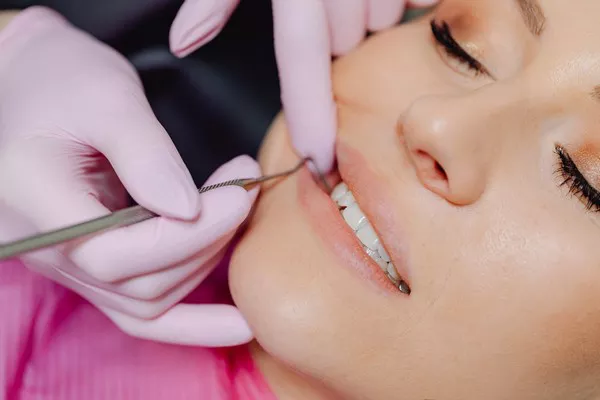Orthodontics and dentofacial orthopedics are specialized fields within dentistry that focus on the diagnosis, prevention, and treatment of dental and facial irregularities. These disciplines aim to improve oral health, function, and aesthetics by aligning teeth and jaws. This article provides a comprehensive overview of orthodontics and dentofacial orthopedics, exploring their key concepts, techniques, benefits, and advancements.
Orthodontics: The Art of Aligning Teeth
Orthodontics is a branch of dentistry that primarily deals with the alignment and positioning of teeth. It focuses on correcting malocclusions, which refer to improper bites caused by misaligned teeth or jaws. Malocclusions can lead to various issues such as difficulty in chewing, speech problems, and increased risk of dental diseases. Orthodontic treatment involves the use of braces, aligners, retainers, and other appliances to gradually move teeth into their proper positions.
Types of Malocclusions
There are several types of malocclusions, including overcrowding, spacing, overbite, underbite, crossbite, and open bite. Each condition requires a customized treatment plan tailored to the patient’s specific needs.
Orthodontic Treatment Options
Orthodontic treatment options have evolved significantly over the years. Traditional metal braces, made of stainless steel brackets and wires, remain a popular choice due to their effectiveness. However, clear aligners, such as Invisalign, have gained popularity for their discreet appearance and removable nature. Lingual braces, placed on the inner surface of the teeth, offer another aesthetic option. Additionally, orthodontic advancements include self-ligating braces, accelerated orthodontics, and computer-assisted treatment planning.
Dentofacial Orthopedics: Correcting Jaw Irregularities
Dentofacial orthopedics is a specialized field that focuses on the guidance and modification of facial growth and development. It addresses skeletal irregularities of the face and jaws, aiming to achieve proper alignment and balance. Dentofacial orthopedic treatment often complements orthodontic therapy to optimize overall oral health and facial aesthetics.
1. Common Dentofacial Irregularities
Dentofacial orthopedics can address various conditions, including mandibular prognathism (underbite), maxillary prognathism (overbite), crossbites, open bites, and asymmetrical facial growth. These irregularities can impact facial appearance, speech, and chewing function.
2. Treatment Approaches
Dentofacial orthopedic treatment involves the use of functional appliances, such as headgear, expanders, and facemasks, to guide facial growth and correct skeletal discrepancies. These appliances exert gentle forces on the jaws, stimulating bone growth and reshaping the facial structures. Combined with orthodontic treatment, dentofacial orthopedics aims to achieve optimal facial harmony and functional occlusion.
Benefits of Orthodontics and Dentofacial Orthopedics
Orthodontics and dentofacial orthopedics offer numerous benefits beyond aesthetic improvements. These treatments can enhance oral health, improve speech, alleviate jaw pain, and prevent dental complications in the long run. Properly aligned teeth are easier to clean, reducing the risk of tooth decay, gum disease, and tooth loss. Additionally, correcting malocclusions can alleviate strain on the jaw joints, reducing temporomandibular joint disorders (TMJ) symptoms.
Advancements in Orthodontics and Dentofacial Orthopedics
The field of orthodontics and dentofacial orthopedics has witnessed significant advancements in recent years, driven by technological innovations and research. These advancements have improved treatment outcomes, reduced treatment duration, and enhanced patient comfort.
1. Digital Orthodontics
Digital technologies, such as 3D imaging, intraoral scanners, and computer-aided design/computer-aided manufacturing (CAD/CAM), have revolutionized orthodontic treatment planning and appliance fabrication. Digital models allow for precise diagnosis, treatment simulations, and the creation of customized aligners or braces.
2. Accelerated Orthodontics
Accelerated orthodontics techniques, such as micro-osteoperforations and low-level laser therapy, aim to expedite tooth movement and reduce treatment time. These methods stimulate bone remodeling and enhance the biological response to orthodontic forces.
3. Minimally Invasive Approaches
Orthodontics has embraced minimally invasive approaches, such as temporary anchorage devices (TADs) and clear aligner systems. TADs provide stable anchorage without relying on patient compliance, while clear aligners offer a discreet and removable alternative to traditional braces.
In summary
while orthodontics primarily focuses on straightening teeth and improving their alignment, dentofacial orthopedics takes a broader approach by addressing both dental and skeletal issues to achieve proper facial balance and aesthetics.
Related Topics:





























